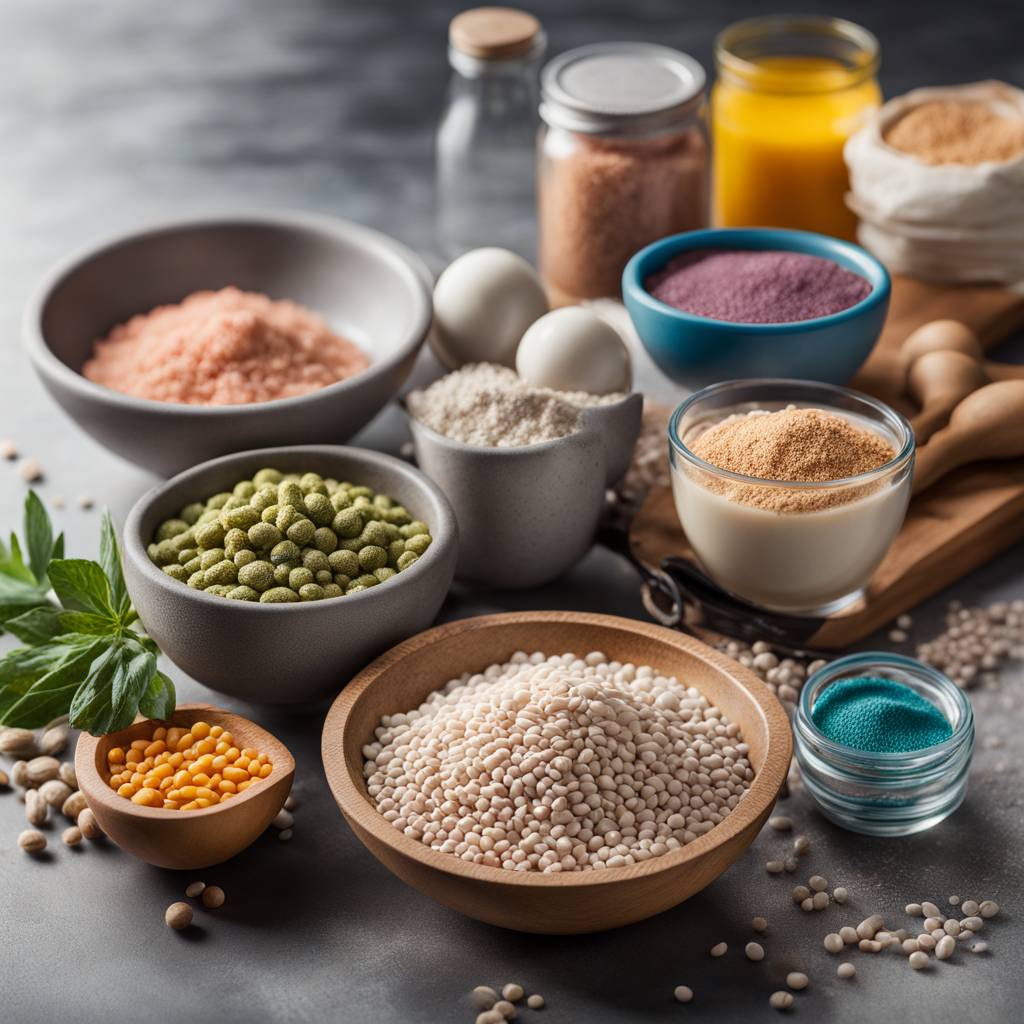Protein is essential for multiple bodily functions beyond building and repairing muscle, such as regulating hormones, transporting molecules, and acting as an enzyme for chemical reactions. Meeting daily protein requirements can be a challenge, especially for those with dietary restrictions. A good starting point is understanding what a serving of protein looks like, with the average person needing about 100 grams daily, possibly more for those who are active. A visual guide can help clarify what 100 grams of protein looks like on a plate, whether from a vegan, vegetarian, or omnivore diet.
For those following an omnivorous diet, achieving 100 grams of protein per day is relatively easy. With a combination of foods like Greek yogurt, beef sausage, mixed nuts, eggs, cheese, deli ham, bread, and tuna, it’s possible to exceed the daily protein goal. Animal products like eggs, meatballs, turkey bacon, turkey breast, and tuna can easily add up to 100 grams of protein in a day, making it accessible for individuals who consume animal-based proteins.
Vegetarians may need to be more mindful about including a variety of plant-based protein sources in their meals to reach the 100-gram protein goal. Foods like eggs, rolled oats, peanut butter, hemp seeds, protein granola, plant-based protein powder, and cheese can contribute to a total of 99 grams of protein per day for vegetarians. Incorporating a balance of protein-rich vegetarian foods helps ensure adequate protein intake while following a plant-based diet.
Vegans face a unique challenge in reaching 100 grams of protein per day without relying on animal products. A combination of protein granola, plant-based protein powder, nuts, nut butter, seeds, bread, and oats can provide a total of 79 grams of protein. Including more high-protein vegan substitutes like tofu, tempeh, or plant-based meats can make it easier to achieve the 100-gram protein goal. By adjusting portion sizes or adding more protein-rich vegan foods, vegans can customize their meals to meet their protein needs.
Overall, understanding what 100 grams of protein looks like across different dietary patterns can help individuals plan their meals effectively. By assessing their protein intake and making conscious choices about protein-rich foods, individuals can ensure they meet their daily protein requirements. Whether choosing animal-based, vegetarian, or vegan sources of protein, balancing variety and portion sizes can support a well-rounded and adequate protein intake for optimal health and wellness.


